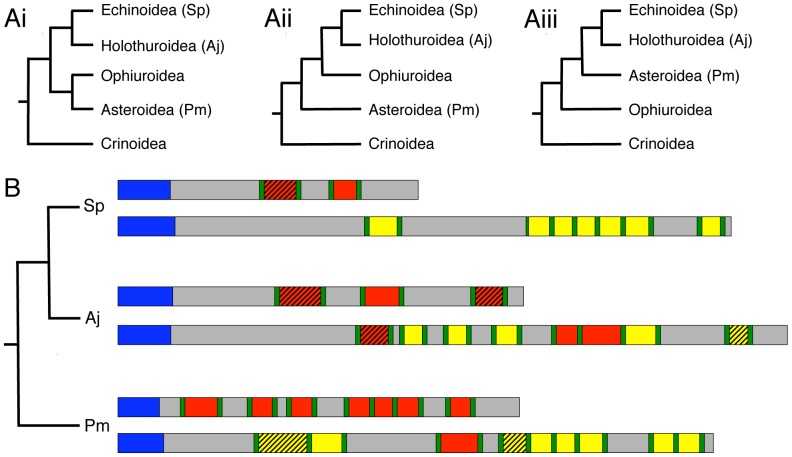Figure 4. Phylogenetic analysis of SALMFamide precursors in echinoderms.
A. Echinoderm phylogeny. The basal position of crinoids and the sister group status of echinoids and holothurians is widely accepted but there is conflicting evidence with respect to the phylogenetic position of asteroids and ophiuroids [24]; therefore the three possible echinoderm phylogenies are shown in Ai, Aii and Aiii. B. Phylogenetic diagram showing the occurrence and organisation of SALMFamide precursors in species representing three echinoderm classes: the Echinoidea (Strongylocentrotus purpuratus; Sp), the Holothuroidea (Apostichopus japonicus; Aj) and the Asteroidea (Patiria miniata; Pm). Signal peptides are shown in blue and dibasic or monobasic cleavage sites are shown in green. L-type SALMFamides with the canonical C-terminal LxFamide motif are shown in red and peptides that are “L-type-like” (e.g. MGFTGNTGILLamide in A. japonicus, where the L and F are replaced by I and L, respectively) are shown in red with hatched shading. Likewise, F-type SALMFamides with the canonical C-terminal FxFamide motif are shown in yellow and peptides that are “F-type-like” (e.g. ADLFRSYAFamide in P. miniata, where one of the F residues is replaced by Y) are shown in yellow with hatched shading. In each species (class) there are two types of SALMFamide precursor: Firstly, a precursor that is exclusively comprised of L-type peptides or L-type-like peptides. Secondly, a precursor that is either exclusively comprised of F-type peptides (Sp) or a precursor that is largely comprised of F-type peptides or F-type-like peptides together with one or more L-type or L-type-like peptides (Aj and Pm).

